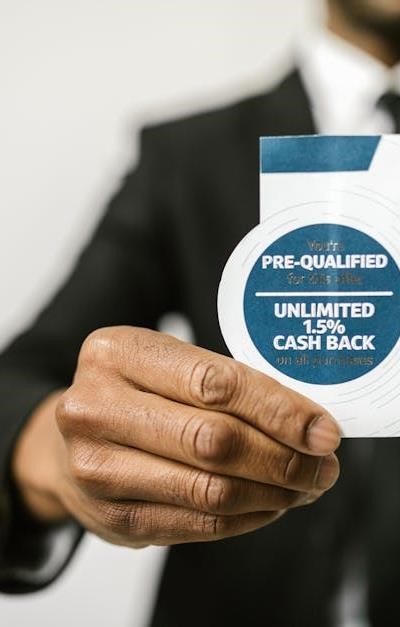
In today’s digital age, money movement is faster and more convenient than ever before. Moving funds transfer between online banking accounts is a common task, whether for bill pay, sending money to friends and family, or managing personal finances. This article details the various methods available, emphasizing security and understanding associated costs. We’ll cover everything from simple internal transfers to more complex external transfers and wire transfers.
Understanding the Different Transfer Methods
Several options exist for transferring money electronically. Each has its own characteristics regarding speed, cost, and security:
- ACH Transfer (Automated Clearing House): This is a widely used electronic funds transfer system for account-to-account transfers within the United States; It’s generally free or low-cost but can take 1-3 business days to process. Requires the routing number and account number of the receiving account.
- Wire Transfer: The fastest, but typically most expensive, method. Often used for larger amounts or international transfers. Requires detailed recipient information and usually incurs transaction fees.
- Online Banking Transfers: Most financial institutions offer transfer functionality directly within their online banking platform. This encompasses both internal and external transfers.
- Mobile Banking Transfers: Utilizing a banking app on your smartphone or tablet, you can initiate transfers on the go.
- Instant Transfer Services: Services like Zelle (often integrated within online banking) offer near instant transfer capabilities, but may have transfer limits.
- Push Payments vs. Pull Payments: Push payments (initiated by the sender) are common with services like Zelle. Pull payments (initiated by the receiver, requiring sender authorization) are less frequent but offer enhanced security.
- Digital Transfer via online wallets (PayPal, Venmo) and payment gateways (Stripe, Square) are also options, though often involve fees.
Initiating a Transfer: A Step-by-Step Guide
The process varies slightly depending on your bank, but generally follows these steps:
- Log in to your online banking account or open your banking app.
- Navigate to the “Transfers” or “Payments” section.
- Select the type of transfer: Internal transfer (between your accounts at the same bank) is usually the simplest. For external transfers, you’ll need to add external account.
- Add External Account (if necessary): You’ll be prompted to verify account ownership, typically through micro-deposits or instant verification services. You’ll need the recipient’s routing number and account number.
- Enter the transfer amount and select the date. Be mindful of transfer limits.
- Review the details carefully before confirming.
- Confirm the transfer. You’ll usually receive a confirmation number;
Security Considerations & Fraud Protection
Secure transfer of funds is paramount. Here’s how banks protect your money:
- Encryption: Banks use robust encryption to protect your data during transmission.
- Multi-Factor Authentication (MFA): Adding an extra layer of security beyond your password.
- Fraud Monitoring: Banks employ systems to detect and prevent fraudulent activity.
- Transfer Limits: Limiting the amount you can transfer daily or monthly.
- Account Verification: Ensuring the recipient account is legitimate.
Always be vigilant against phishing scams and never share your login credentials. Regularly review your transfer history for any unauthorized transactions.
Fees and Transfer Times
Transaction fees vary. Internal transfers are usually free. ACH transfers are often free, but wire transfers can be expensive (often $25-$50 or more). Instant transfers may have fees depending on the service. Processing times range from same-day transfer (for some instant services) to 1-3 business days for ACH transfers, and potentially longer for international wire transfers.
Understanding these options empowers you to choose the most efficient and cost-effective method for your online payments and money movement needs.


A very practical and useful article. I found the breakdown of costs and processing times for each method to be especially helpful. It
This is a really well-structured overview of money transfer methods. I appreciate the clear distinctions made between ACH, wire transfers, and the newer instant transfer services. The explanation of